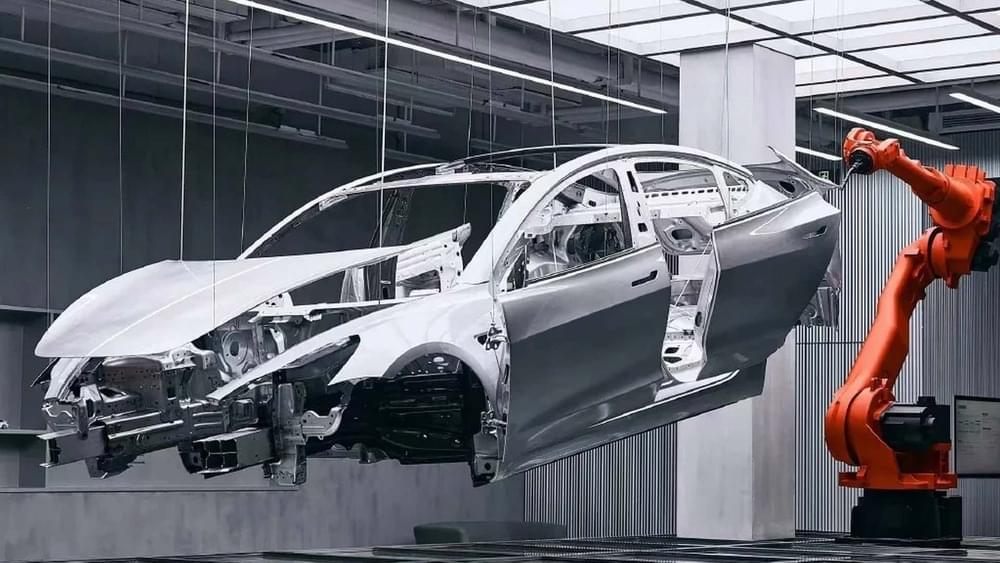As electric vehicle sales slow, Colorado wants the new faster-charging stations to serve as an answer to consumer “range anxiety.”
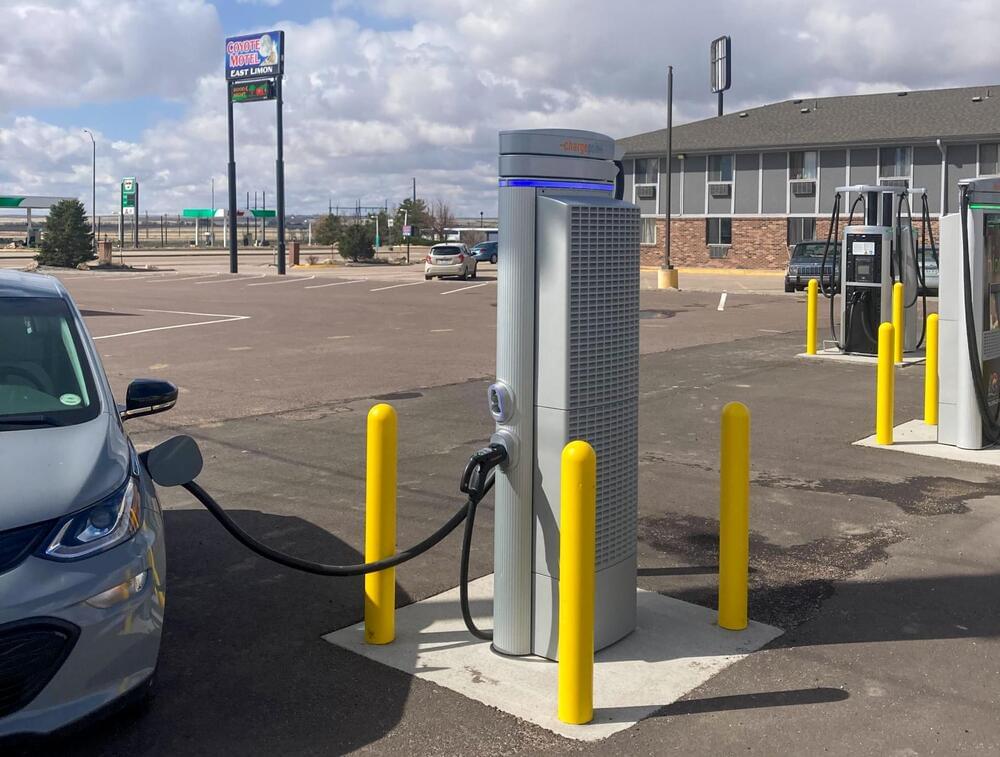

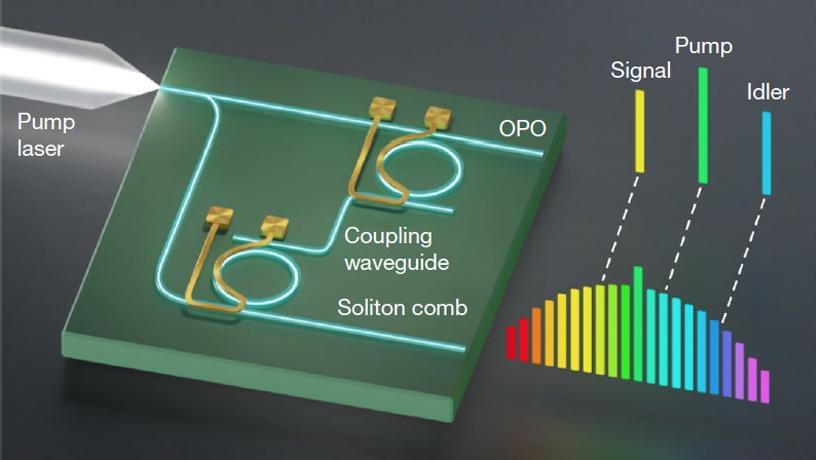
In a new Nature study, Columbia Engineering researchers have built a photonic chip that is able to produce high-quality, ultra-low-noise microwave signals using only a single laser. The compact device—a chip so small, it could fit on a sharp pencil point—results in the lowest microwave noise ever observed in an integrated photonics platform.
The achievement provides a promising pathway towards small-footprint ultra-low-noise microwave generation for applications such as high-speed communication, atomic clocks, and autonomous vehicles.
The challenge Electronic devices for global navigation, wireless communications, radar, and precision timing need stable microwave sources to serve as clocks and information carriers. A key aspect to increasing the performance of these devices is reducing the noise, or random fluctuations in phase, that is present on the microwave.

A 63-hour-long marathon of GPS jamming attacks disrupted global satellite navigation systems for hundreds of aircraft flying through the Baltic region – and Russia is thought to be responsible.
By Jeremy Hsu
A battery cathode in development in labs at the University of California San Diego has Wolverine-like self-healing properties.
Better yet, the regenerative ability of the lithium-sulfur electrode could help to unlock chemistry that doubles electric vehicle range, according to the experts. It’s a promising breakthrough with fascinating potential.
“We are very excited about the discovery of this new material,” study co-senior author Professor Ping Liu said in a university lab report.
Tesla’s FSD V12 impresses drivers with its advanced navigation and decision-making capabilities, including navigating complex driving situations and making unexpected decisions.
Questions to inspire discussion.
What is Tesla’s FSD V12?
—Tesla’s FSD V12 is the latest version of their Full Self-Driving software, which includes advanced navigation and decision-making capabilities for autonomous driving.
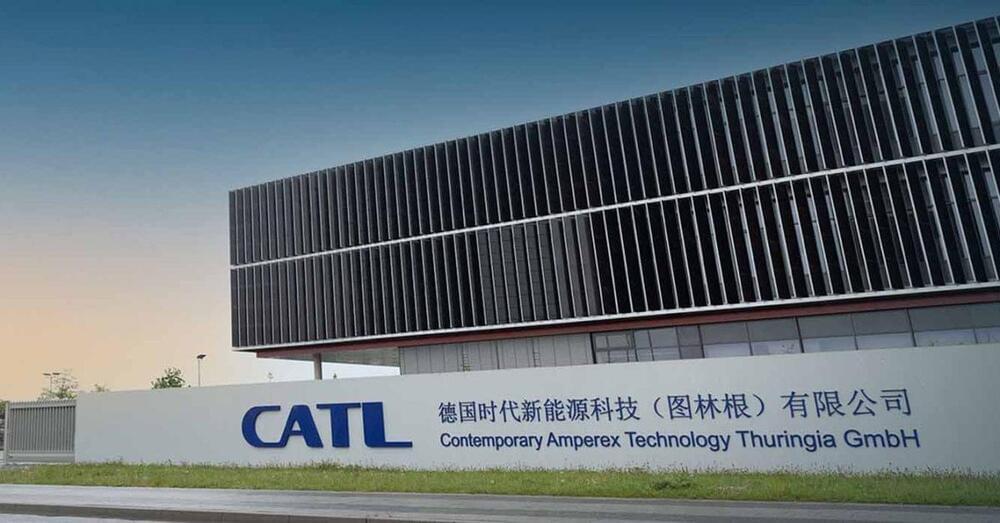
Leading EV battery maker CATL released its new breakthrough battery pack with up to a nearly 1 million mile (1.5 million km), 15-year warranty.
CATL launched the battery pack with Yutung Bus Co to power commercial vehicles like buses and different classes of trucks.
Yutong, one of China’s largest bus makers, said the new battery packs will be used in upcoming electric vehicles. According to the company, the new long-lasting EV battery has zero degradation through the first 1,000 cycles.

Apple is reportedly exploring the development of ‘home robots’ as its next big venture.
According to Business Insider, tech giant Apple is shifting its focus towards a new area of development.
The pivot comes after a difficult period for Apple, with the company scrapping its plans to develop a self-driving car, which it had been working on for years.
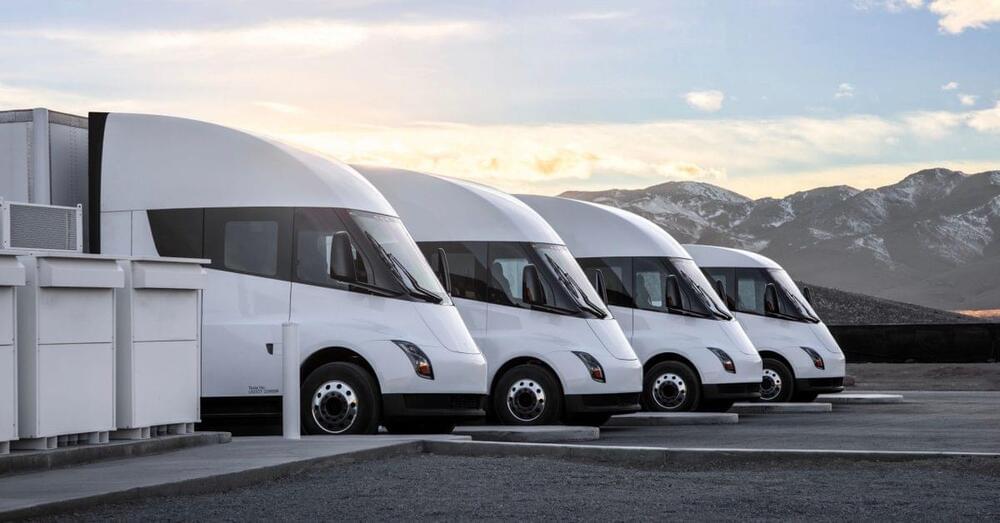
A Tesla engineer has given a rare update on the Tesla Semi electric truck program amid new EPA rules that should give it a boost.
Tesla Semi is currently only in low-volume production at a facility outside Gigafactory Nevada.
In January 2023, Tesla announced a massive expansion of Gigafactory Nevada to add production of Tesla Semi trucks and 4,680 battery cells and to finally expand the factory to its originally planned size.
